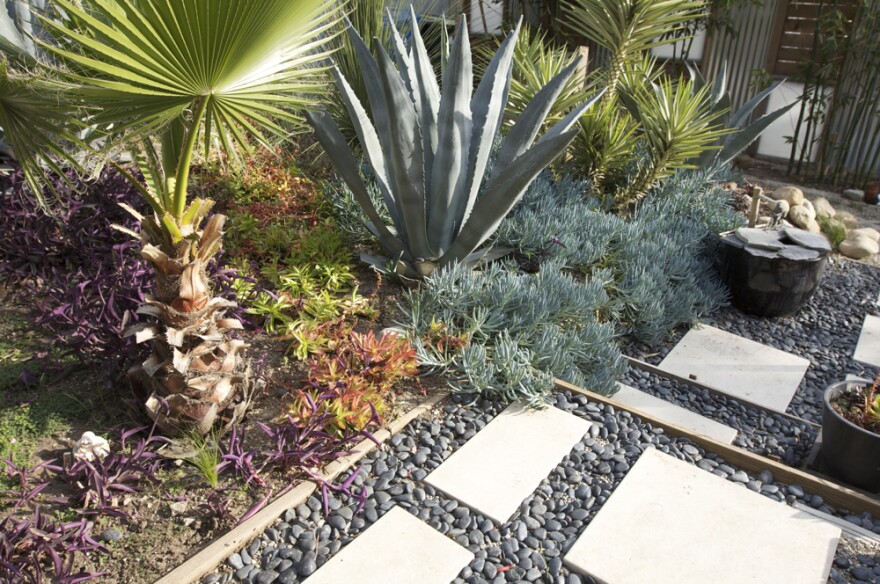According to a study released in early April, 57% of Utahns doubt the state will have enough water in 20 years. Three out of four survey respondents also rated water as Utah’s number two priority, behind housing and cost of living.
Envision Utah conducted the survey in partnership with Utah Water Ways, the Utah Division of Water Resources, and the Office of The Great Salt Lake Commissioner.
The study also found respondents incorrectly believe more water statewide is used indoors on things like showering. However, Cynthia Bee, a sustainable landscapes expert with Utah Water Ways, said 60% of annual water use by homeowners is from outdoor landscaping.
“A typical quarter-acre lot that's landscaped with, you know, mostly along the generic Utah landscape, it's using almost 200,000 gallons of water a season,” she said on KPCW’s “Local News Hour” April 23.
Annual landscaping water use can be cut down to 25% with waterwise landscaping, Bee said. That can easily save 100,000 gallons on just one property. It’s also best to switch to waterwise landscaping during a non-drought year.
“In northern Utah, where we're having kind of a, quote, ‘normal’ year, this is exactly the time we want people to make changes, because when you're changing out plants and things, they need additional water to get established,” she said.
Bee said many participants in a 2014 focus group thought of water-efficient landscapes as messy and disorganized. However, the Utah Water Ways team has worked to change that, creating aesthetically pleasing, waterwise “local scapes.” Many local scapes involve shrinking lawn space.
“You don't have to necessarily get rid of all of it, especially like along the Wasatch back, you can have a small area but, we really want to just preserve lawn for places it serves a recreational purpose, rather than using it as a default ground cover,” Bee said.
The nonprofit is in the process of launching a Utah plant selector app to help people make decisions about what waterwise vegetation to plant. Bee said the app is like Tinder for plants; it starts out with designer-recommended combinations and then allows homeowners to mix and match.
In addition to planting native biodiversity, Bee said switching to drip irrigation in plant beds can save a lot of water and prevent weeds.
“When you are watering it with overhead spray, you're providing water over 100% of that surface, you get weeds because you're cultivating them,” she said. “When you switch to drip irrigation, you're just watering the plants you're trying to grow, and you're disadvantaging those weeds, which helps, and it decreases that overall water use.”
Summit and Wasatch counties also offer rebates and incentives to implement a waterwise landscape. Learn more at slowtheflow.org.
For more information on waterwise landscaping patterns and practices, visit localscapes.com.


